
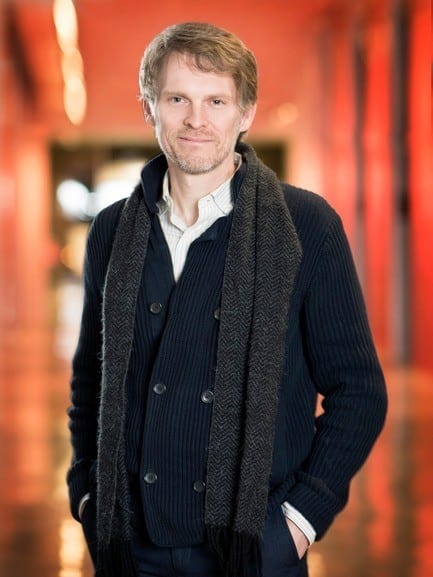
A v2com exclusive
Shared Identity: CannonDesign’s David Polzin Weighs in on the Importance of Communal Context
CannonDesign
St. Louis, United States, 2018-04-27 –
With 24 offices and 1,000+ employees around the world, CannonDesign has emerged as a force to be reckoned with on the global architecture landscape. The firm’s expertise extends to healthcare, education, science & technology, corporate, recreational and civic projects which have garnered more than 500 design awards in the last 15 years alone. While the sky is the limit for a firm focused on innovation and the future of architecture, CannonDesign’s Executive Director of Design, David Polzin, retains a soft spot for a concept as old as humanity itself: communal identity.
“I prefer to call it ‘shared identity’, and I believe that a shared vision of our future is essential to successful architecture,” says Polzin. “I need to be able to share my ideas with clients, who in turn must be able to share their ideas with the people they are serving. Our communities need to be able to share ideas about the trajectory their societies.”
Polzin sees shared identity as being latent in a place, and he views the ability to draw out that latency and to access the identity that is already there as a critical part of the design process. And while the world of architecture would fall short of expectations if it carried the burden of incorporating everyone’s ideas into the built environment, he believes that we all share a certain sensibility about who we are. The manner in which a building is used or how it fits onto a site can evoke an emotional response, and Polzin firmly believes that a built environment’s success lies in the collective connection that people have with it.
“It may be a created identity, or an identity marked by history, nature, scale, texture or color,” he explains. “There is always something to draw upon and, if done successfully, it can be understood and embraced by many.”
A case in point, CannonDesign completed work on the Maryland Heights Community Recreation Center in 2017, in a suburb of more than 27,000 people just outside of St. Louis, Missouri. The mandate was to create a new civic hub for community recreation and engagement, resulting in a brand new 92,000 sq.ft. facility to support unique community programs and a variety of recreational activities. Alongside multi-use activity courts, group exercise rooms, weights and cardio training areas, a cycling studio, indoor walking/jogging track and an indoor family pool, the complex features community spaces including a multi-use events space, daycare facilities, a babysitting area, dedicated seniors space, meeting rooms and a police substation.
“That project is a perfect example of a building serving a diverse population, where the goal is to create an environment that succeeds in addressing the specificities of everyone that it will serve,” explains Polzin. “Buildings like this contain big, open volumes that many different people with different needs and views and desires will occupy; the challenge is to create a shared identity that draws people together in order to better themselves and understand each other.”
Architects often refer to museums as the “holy grail” of design projects. Polzin sees community and recreational centers as a sort of common man’s museum, and the opportunity to sculpt such projects has been a thoroughly enjoyable part of his career.
“In other areas of CannonDesign’s practice, such as healthcare and science & technology projects, the design challenge is often about overcoming the prescriptive nature of those programs in order to create great spaces for human experiences and great additions to the urban fabric,” he explains. “Community and recreation center projects are mandates to create a shared identity, and the scale of the spaces involved provides the kind of creative freedom that I really enjoy.”
CannonDesign’s abundant portfolio includes several university campus recreation centers, as well as community center projects that include recreational components. Among them is perhaps David Polzin’s favorite project of all – the Bill R. Foster and Family Recreation Center on the Missouri State University campus in Springfield. Armed with an architectural vision of unifying two campus precincts, CannonDesign and the University engaged with students throughout the design process. As a result of leveraging that collective input, the design succeeded in uniting the campus through a shared identity of health and wellness.
“The Bill R. Foster and Family Recreation Center is also an example of how a visionary client is critical to creating the best architecture possible,” adds Polzin. “We all need clients that trust us and see potential in ideas that aren’t yet before their eyes.”
About David Polzin
David Polzin is CannonDesign’s Executive Director of Design and his design process connects people with ideas, seeking the greatest architectural potentials through foresight and innovation. His diverse portfolio of significant healthcare, corporate, research and higher education projects spans the country and abroad. During his 20 years with CannonDesign, his design collaborations have been recognized with numerous awards from the American Institute of Architects. Whether working with clients or mentoring young architects, David is an educator at heart, helping people see the world in new ways and expand their creative vision. Drawing upon the realms of art, architecture, history and culture, he exposes people to exciting new spatial ideas that express their deep needs and communal identity in the built environment.
Leading design strategies firmwide for CannonDesign and a member of 2014-2016 Board of Directors, Polzin is credited as the “mastermind” of the renovated/restored Power House in St. Louis, winner of the 2010 International Architecture Award from the Chicago Athenaeum and the European Centre for Architecture and as well as a 2011 AIA Honor Award. Recently recognized designs include the Missouri State University O’Reilly Clinical Health Sciences Center, the Pavilion at Lemay Community Center and the University of Kansas Hospital Cambridge North Tower. He is a trustee for the AIA St Louis Chapter’s Scholarship Fund, and an organizing committee committee for the James Harrison Steedman Traveling Fellowship in Architecture. A regular visiting critic at Washington University’s Sam Fox School of Design and Visual Arts among other regional schools of architecture, Polzin holds a Bachelor’s Degree in Architecture from Washington University and earned a Masters in Architecture from Columbia University in New York.
About CannonDesign
CannonDesign is an integrated global design firm that unites a dynamic team of architects, engineers, interior designers, strategists and industry specialists to help clients leverage design to solve challenges and achieve successful futures. Its more than 1,000 employees in 24 offices partner with clients across a multitude of industries including, healthcare, education, science + technology, commercial, civic and sports. In 2017, Fast Company named CannonDesign one of the 10 most innovative architecture companies in the world.
– 30 –
- CannonDesign
- Christopher Whitcomb, Director of Media Relations at CannonDesign
- [email protected]
- +1 716.774.3494
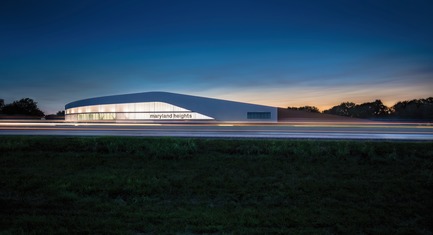
Peaks View LLC
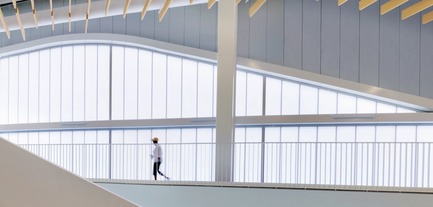
Gayle Babcock
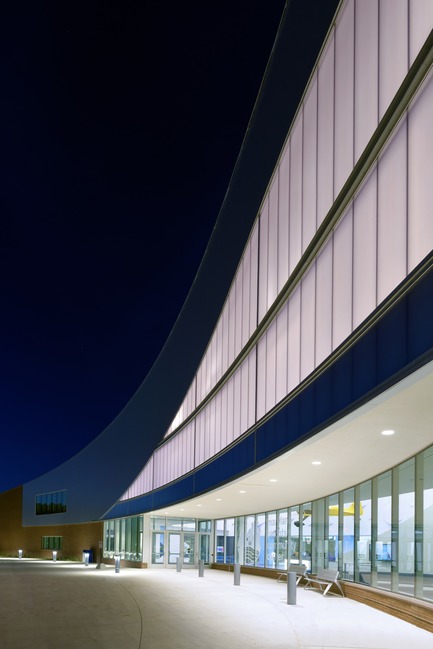
Gayle Babcock
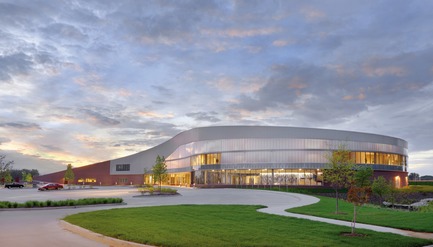
Gayle Babcock
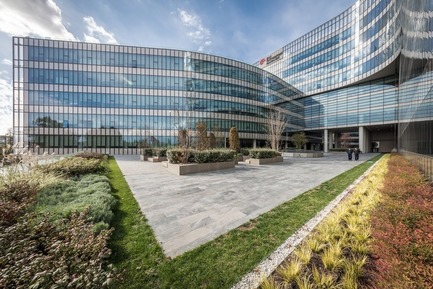
Yercekim Architectural Photography
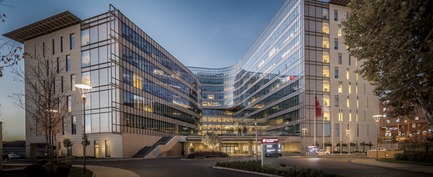
Yercekim Architectural Photography
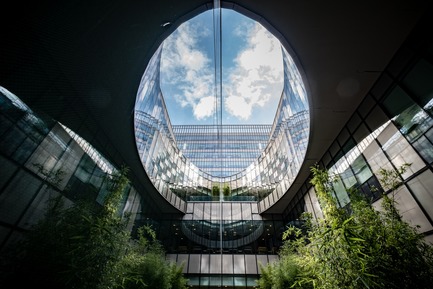
Yercekim Architectural Photography
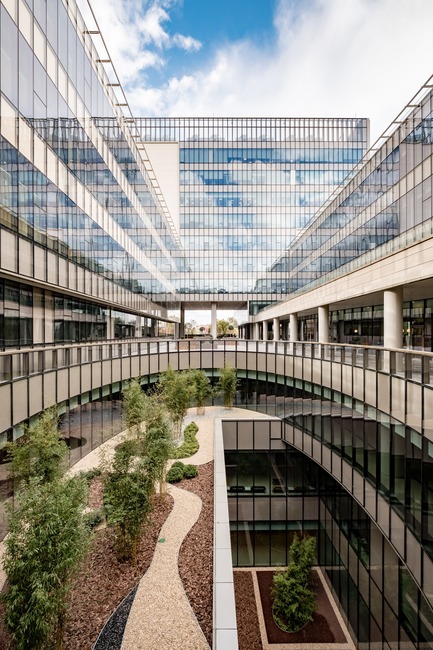
Yercekim Architectural Photography
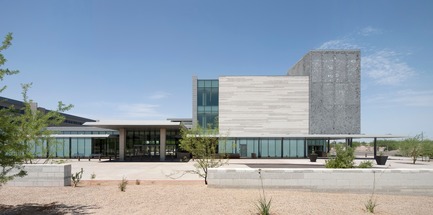
Bill Timmerman
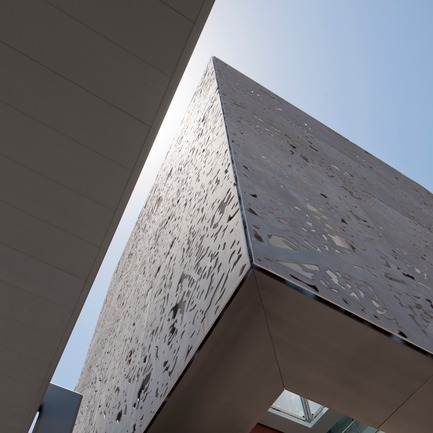
Bill Timmerman
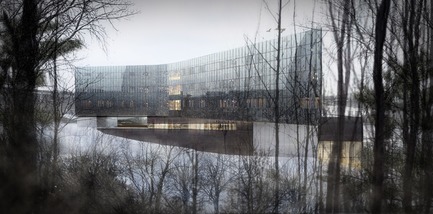
CannonDesign
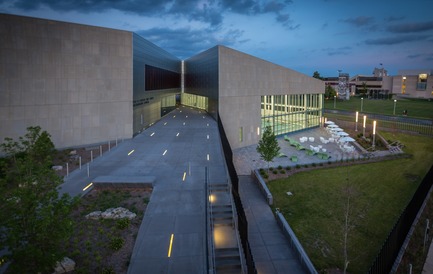
Peaks View LLC
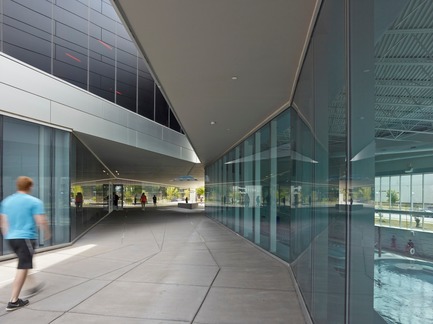
Bruce Damonte
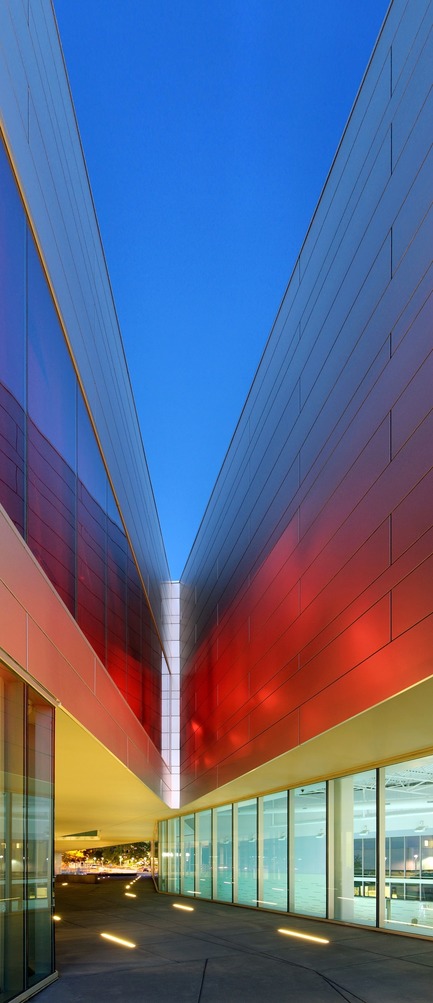
Gayle Babcock
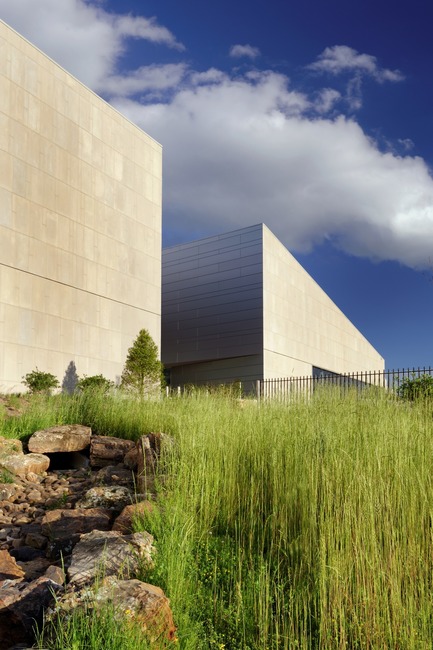
Gayle Babcock

Peaks View LLC
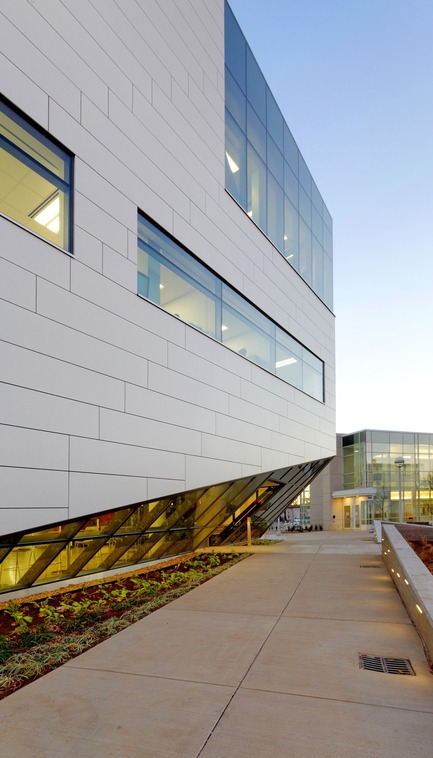
Gayle Babcock



